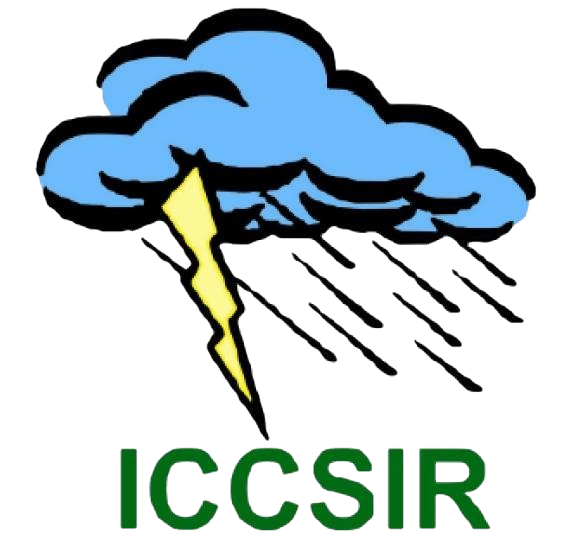Seaweeds farming represents an important component of aquaculture production and accounted for more than 33 million tonnes fresh weight (about 28% of total aquaculture production). The continuous exploration of seaweed resources for newer products in food, phycocolloids, fine chemicals, cosmetics and agro-industry has given rise to their overwhelming demand worldwide.
Despite the growing demands for seaweed production, there have not been radical developments in seaweed aquaculture technology and lags far behind that of agriculture and animal aquaculture in terms of transformation in production practices and output.
In seaweed farming, primarily vegetative fragments or reproductive cells (spores or gametes) from seaweeds are used as a source of seedlings (propagules) for propagation in the sea .The vegetative propagation has undoubtedly been successful for those seaweed species with higher proliferation potentials of vegetative fragments as in the case of Kappaphycus, Gracilaria, Gelidiella, Gelidium etc.
The pillars of our foundation
Seaweed cultivation

Seedling fragments are directly planted on 3 mm (dia.) polypropylene rope (Garware make) of appropriate length at regular intervals. Each rope is held floating in the water column below the surface with appropriates size floats at regular intervals as shown in the figure below. Anchors stones (suitable weight) are used at each end to hold the seedling rope steadily in the water column. The seedlings grown for 40-45 days attains their full growth.
These lines ready to harvest are towed ashore and the ropes are detached and brought to the beach where the materials are pulled out from the lines manually. In the majority of cases, spores have been used as a source of seeding material for farming of those seaweed species (Porphyra, Pyropia, Ulva, Monostroma, Saccharina, Undaria etc.) found with greater reproductive potentials. Spores are seeded on artificial substrata and cultured in land-based seedling rearing facility under controlled conditions till attaining suitable plantlet size needed for transplantation. Following the seeding operations, the ropes with growing plantlets were out-planted in the open sea for field cultivation.
This kind of practice could continuously supply the seedlings for cultivation but the success largely determined by reproductive potentials of species and thus is considered as a major limiting factor.
These lines ready to harvest are towed ashore and the ropes are detached and brought to the beach where the materials are pulled out from the lines manually. In the majority of cases, spores have been used as a source of seeding material for farming of those seaweed species (Porphyra, Pyropia, Ulva, Monostroma, Saccharina, Undaria etc.) found with greater reproductive potentials. Spores are seeded on artificial substrata and cultured in land-based seedling rearing facility under controlled conditions till attaining suitable plantlet size needed for transplantation. Following the seeding operations, the ropes with growing plantlets were out-planted in the open sea for field cultivation.
This kind of practice could continuously supply the seedlings for cultivation but the success largely determined by reproductive potentials of species and thus is considered as a major limiting factor.
